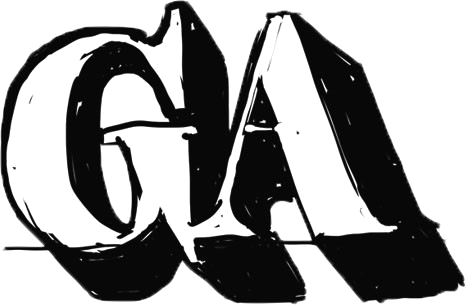Children’s literature suffers from a double level of gender inequality: structurally – in the publishing and writing of children’s books – and internally, at a narrative level. And paradoxically enough, they seem to pull the medium in opposite directions, the former being female-centred, the latter beneficial to males.
Publishing is already a female-dominated world, but children’s publishing takes this imbalance to an extreme. Though it comprises prominent figures such as Barry Cunningham, who published Harry Potter, an overwhelming majority of children’s publishers and agents are women. Concomitantly, it is women who write children’s books, though as in general publishing, men’s books get reviewed disproportionately more. The two richest children’s authors in the world are women. Buyers of children’s literature are 80% female. In passing, the feminineness of children’s literature is often pointed out as one of the main reasons why this medium is generally excluded from the academic canon. Literary taste, as we know, is very much a man’s world.
And of course, importantly, readers of children’s literature (the gap widens with age) are mostly female. Girls read voraciously. Leaning towards the theory that it is a culturally-constructed rather than a natural taste for ink and paper, I would argue that it is the structure of children’s literature writing and publishing as female-dominated, combined with a widespread tendency to encourage quiet activities, self-reflective thinking and language skills in girls, which creates and strengthens this imbalance.
And yet, children’s literature, from its dawn to our days, is inherently sexist – in favour of masculinity. All systematic studies of characters in children’s books show, perhaps counter-intuitively, that girls are underrepresented on book covers, that they are secondary rather than main characters within the books, and that both sexes tend to conform to stereotypical gender roles within the stories. When anthropomorphic animals are represented, these characteristics triple. Studies have shown that parents reading picturebooks aloud reinforce these archetypes by modulating their voice accordingly, even when there is nothing in the text to justify it; and when the sex of an anthropomorphic animal acting gender-neutrally is not mentioned, parents assume almost 100% of the time that it is male.
So what we get in children’s literature is a mysterious female-controlled literary planet where masculinity still exerts its invisible domination. Very much conforming to the idea that girls are the Other, books with female characters are almost exclusively read by girls while books with male characters are read by both sexes. Interestingly, when this is less the case – for example, in Philip Pullman’s internationally acclaimed His Dark Materials series – we always notice that the female protagonist leans towards a masculine gender identity and/or is counterbalanced by a secondary but very important male character. The current phenomenon that is Suzanne Collins’s Hunger Games has a female heroine, but the main male character takes on an increasingly important role. Cleverly packaged by its publisher, the first book of The Hunger Games is available in a red cover with the heroine, Katniss, on the front, and in a blue cover with her male sidekick, Peeta. This is not for the benefit of girls – they don’t mind books with boys on the cover. It’s very clearly a marketing strategy to appeal to a male readership, reinforcing in passing the othering of femininity in their young minds.
Thankfully, atypical children’s literature has been on the rise since the 1970s. Some children’s publishers all over the world fight sexism in their collections. More and more authors, especially female, craft strong and competitive heroines. More and more mothers avoid sparkly pink princess stories. In fact, I am very optimistic about the future of children’s literature in this respect. I am less optimistic about how long it will take. But children’s literature is a powerfully transformative medium – and once we get there, it’ll be a small step for the literary world, but a big leap for womankind.

I’ve been obsessed with Terry Pratchett’s Tiffany Aching series recently – it’s branded for young readers but they’re actually fairly adult books, so it may not be relevant to your point. It’s such a great read for feminists though, full of powerful but still womanly heroines, with a smaller but still diverse array of male bit-parts. What’s especially nice is that the villains are variously female, male and genderless.
On your main point, I think a potential reason for the contradiction you expose is that when an author, female or male, sits down to write a children’s book, or a publisher decides to print it, they are thinking of *teaching* children about the world, and they automatically work in stereotypes. I think this applies to everything, not just gender, and it’s a very sad and non-progressive way of doing things.
And, by the way, the most offensive example of sexist children’s literature in my opinion is the whole Mr Men/Little Miss thing. Inculcation of diminutive femininity in the extreme.